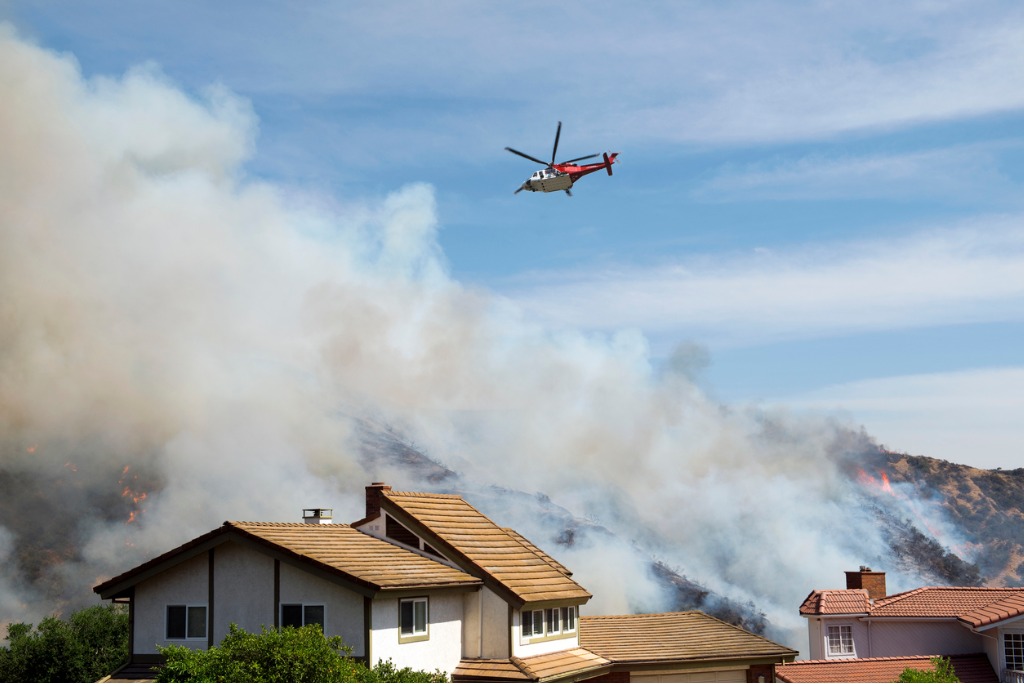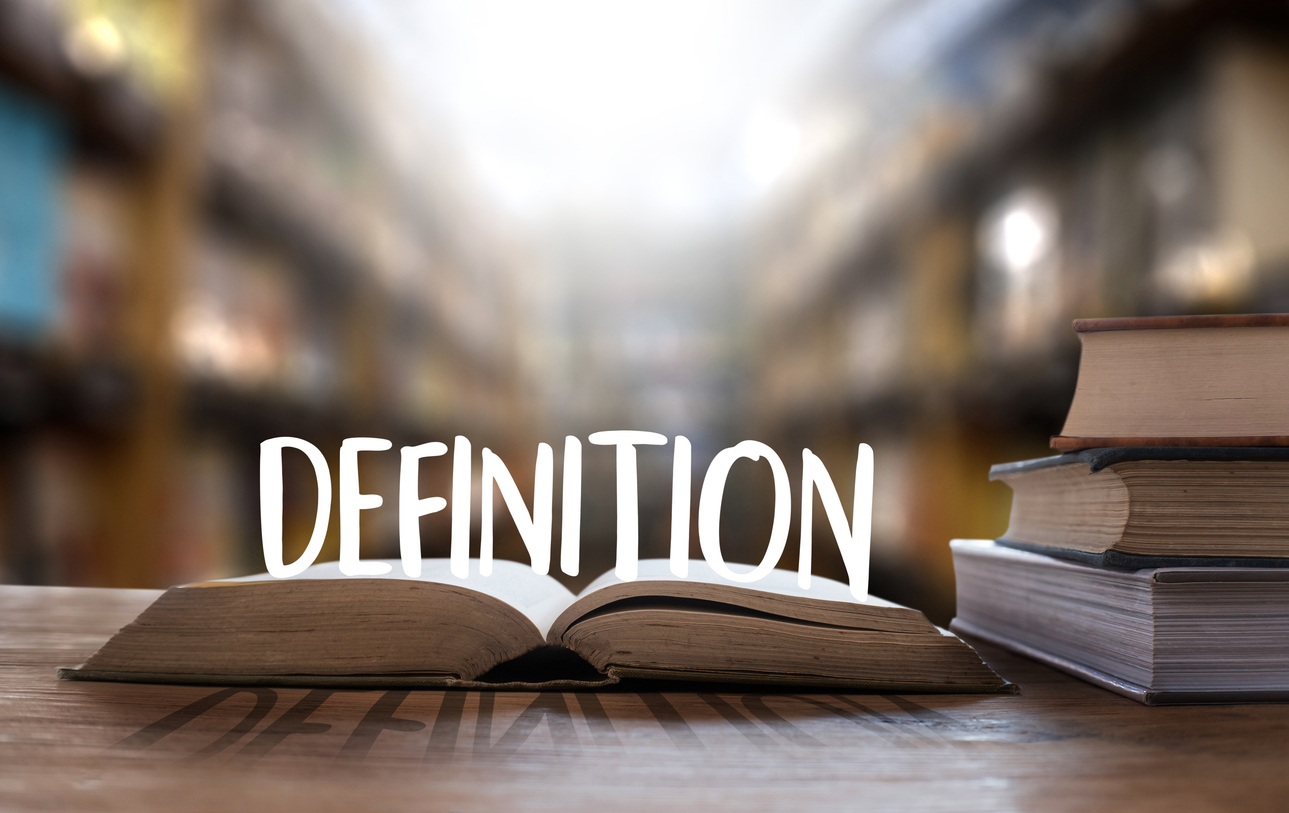Property insurance adjusters should be certain that the cleaning and removal of all dangerous byproducts from wildfires and large urban fires are included in loss estimates. Two articles published by The Conversation should be read by all property insurance adjusters before writing post-wildfire loss estimates. The articles highlight potentially missing considerations that could endanger people who enter surviving buildings.
Homes That Survived The Marshall Fire 1 Year Ago Harbored Another Disaster Inside – Here’s What We’ve Learned About This Insidious Urban Wildfire Risk, was co-written by three credentialed academics:
Colleen E. Reid received funding for this work from the Cooperative Institute for Research in Environmental Sciences, the National Science Foundation, and the Harvard JPB Environmental Health Fellowship.
Joost de Gouw used funding from the Cooperative Institute for Research in Environmental Sciences, the National Science Foundation and the Alfred P. Sloan Foundation for this work.
Michael Hannigan receives funding for this work from the Cooperative Institute for Research in Environmental Science and the National Science Foundation.
Highlights from the article that references other research on the topic of health safety following wildfires included:
Although the people who lived in these still-standing homes were spared the loss of everything they owned, when they returned after the fire, they found another disaster.
Noxious smells and ash on their windowsills and doorways initially made their homes unlivable – and potentially hazardous to human health. Some of these residents were still reporting health problems from being in their homes months later, even after the homes had been cleaned.
… When human-made materials like electronics, vehicles and home furnishings burn, they release different types of air pollutants and may affect health differently compared to when vegetation burns.
The key concern was what chemicals lingered inside the undestroyed homes – soaked up into the fabrics of carpets, sofas, drywall, air vents and more – that would slowly release into the home for some time after the fire.
We hypothesized that there were lots of volatile organic compounds (VOCs) – toxic gases, which were emitted during the fire that had seeped into homes and become embedded in the fabrics and building materials. Of particular concern were aromatic compounds like benzene, a known carcinogen, and polycyclic aromatic hydrocarbons (PAHs), which are emitted from wildfires and have known health effects. In addition, we were worried about metals in the ash and soot deposited in homes, and the potential for it to become suspended in the air again when people returned and heating systems came on.
…
Many community members volunteered their homes for study sites. When we toured these still-standing homes 10 days after the fire, we saw what a rapid evacuation looks like, with lunch in the process of being made, laundry being folded, toys in the middle of pretend play … and dust, lots and lots of dust resulting from the fire.
…
The homes that had been exposed to heavy smoke also still smelled like a chemical fire. A colleague likened it to the smell of gunpowder.
As quickly as we could, we moved a state-of-the-art mass spectrometer into one of the most heavily affected homes in Superior and made measurements of airborne pollutants for five weeks.
Shortly after the Marshall Fire, we found that many pollutants, including PAHs, were indeed at higher levels inside smoke-affected homes than we would expect, but in early February these pollutants had decreased to more normal levels.
…
While we know that the VOC concentrations inside the homes that we worked in have returned to normal levels, some individuals may be more sensitive than others. And while there has been research into the health effects of some VOCs, not all have been studied extensively, nor have studies looked at the health impacts of combinations of VOCs.
Professor Andrew J. Whelton wrote After Maui Fires, Human Health Risks Linger In The Air, Water and Even Surviving Buildings. Whelton’s CV indicates that:
He has often been called into nationally significant disasters to provide executive level support. Some disasters include the Freedom Industries Chemical Spill, Camp Fire, Marshall Fire, and fuel contamination in Hawaii, among others. At Purdue, he founded and leads the Center for Plumbing Safety, an industrial consortium, and several multi-institution research efforts. Prof. Whelton’s leadership has positively changed how U.S. federal (EPA, CDC, NRC, NIOSH, NIST, FEMA, Army, Navy), state, county, and local government agencies act to protect health and safety.
His article noted, in part:
Exposure to high levels of chemicals can sometimes cause immediate harm, such as nausea, vomiting, dizziness, rashes and respiratory issues. For these reasons it is critical to protect people, especially children and people with health conditions, from exposure.
State health officials recommended that residents wear close-toed shoes, N95 respirators, chemical resistant gloves and other protective equipment while looking through property debris.
When disaster debris is eventually removed by professionals, the contractors will be wearing Tyvek suits and possibly respirators to protect their health.
Buildings that didn’t burn can still have hazards
Even buildings deemed structurally safe may have pollutants that make them unsafe for human health.
Particles and vapors can enter buildings through cracks, doors, windows and other portals. Some of these pollutants settle onto surfaces, while others penetrate fabrics, stick to walls and enter air ducts.
Often buildings must be professionally cleaned or decontaminated by wildfire remediation companies. Cleaning surfaces and ducts, replacing air filters and installing HEPA filters can also help.
Drinking water risks and soil testing
Drinking water is another serious concern after urban fires.
Wildfires can make the plumbing outside or inside the building itself unsafe in a couple of ways. Loss of water pressure can allow pollutants to enter pipes. Maui County cited this risk in issuing its ‘unsafe water’ alert on Aug. 11. When plastic pipes heat up, they can also decompose and then directly leach chemicals into water.
I strongly suggest that property insurance adjusters involved with fire and smoke, soot, and ash claims read Wildfire Insurance Claims—Considerations From An Expert, which includes an article regarding remediation by Patrick Moffett.
The failure of an insurance company to investigate such damage could be seen as bad faith, as noted in After A Fire, You May Need An Industrial Hygienist.
Thought For The Day
There are only three things you need to be a good astronaut: intelligence, enthusiasm, and a high level of stress tolerance. The same applies to any field, especially when dealing with health and safety.
—James A. Lovell, astronaut




